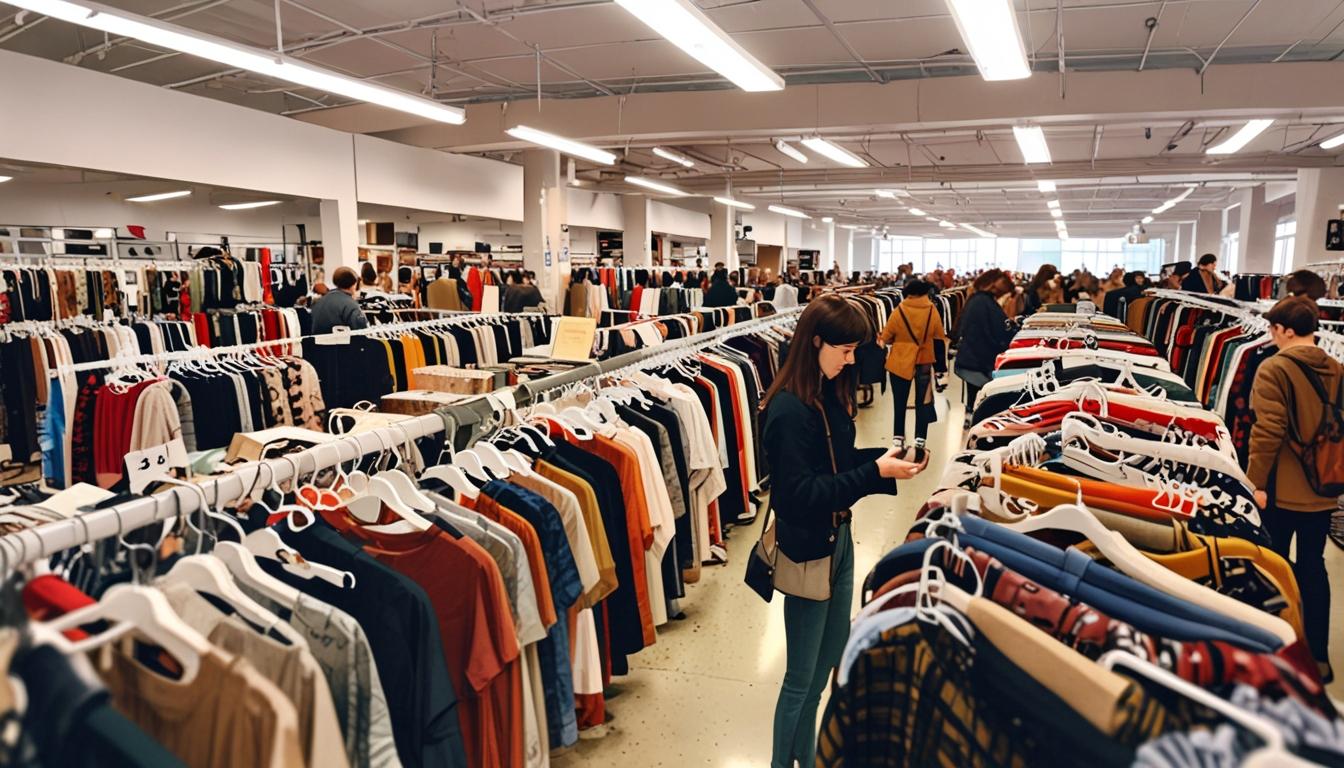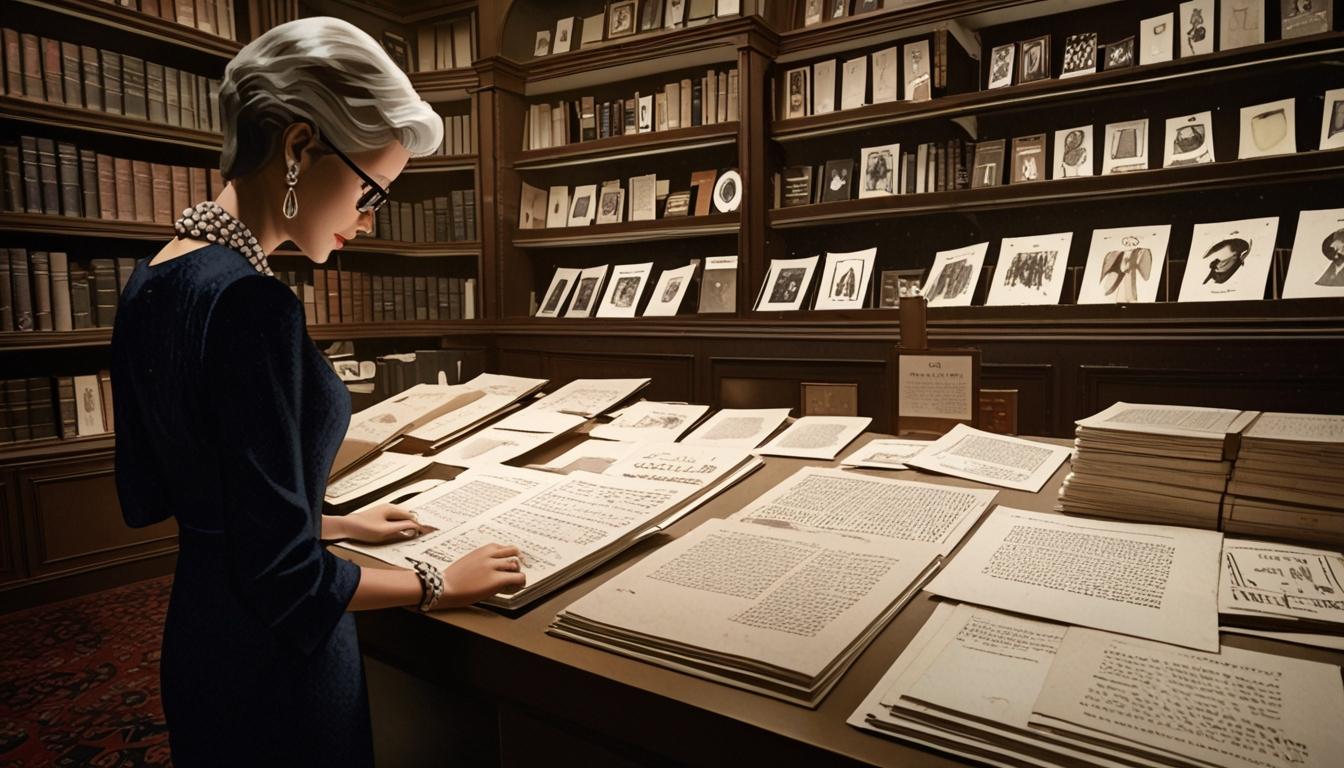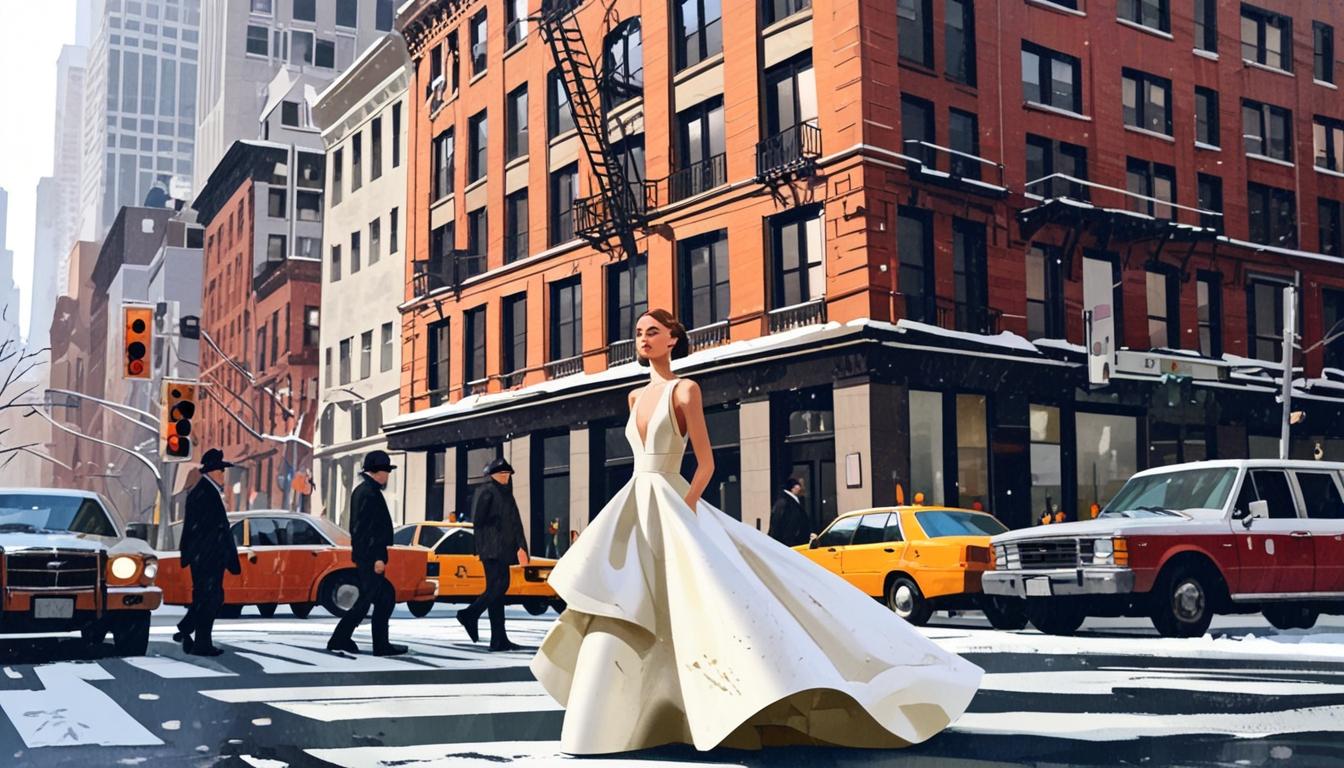With the thrift store market booming, expert Cynthia Kennedy shares key tips for spotting genuine designer items among secondhand goods.
In recent years, the thrift store market has seen significant growth, with revenue expected to reach $14.2 billion by 2023, according to a report by Research and Markets. This growth can be attributed to both increased consumer spending and a rising demand for sustainable consumption practices. As the popularity of thrift shopping rises, many individuals are finding themselves on the lookout for designer items amidst the racks of secondhand goods. However, distinguishing authentic designer pieces from counterfeit products presents a challenge for many.
Cynthia Kennedy, a personal fashion stylist and image consultant based in San Diego, shared insights with Newsweek on how thrift store shoppers can hone their skills to identify genuine designer pieces. “Spotting a fake designer piece at a thrift store can feel like a game of fashion detective,” Kennedy explained. “But once you know what to look for, it gets easier.”
Kennedy emphasized several crucial factors to consider when assessing clothing. The first is the fabric; authentic designer clothes typically feature high-quality materials. “Fabric doesn’t lie,” she said, adding that inferior fabrics are often coarse or overly synthetic. The label also serves as a major clue. “The tag should be neatly sewn, flat and designed in the right font for the brand,” Kennedy noted. Missteps in the stitching or spacing of the label can indicate a counterfeit item.
Constructive details play a vital role in establishing authenticity. Luxury clothing is carefully constructed, and signs of poor workmanship, such as uneven seams or sloppy stitching, should raise suspicions. Furthermore, specific branding details—such as special stitching or holograms—are often present in genuine items, and any indication that these have been poorly replicated may signify a fake.
When it comes to accessories, Kennedy remarked that genuine designer hardware should feel substantial. “Designer buckles, jewelry and hardware should look and feel solid,” she stated. Patterns and logos must exhibit symmetrical designs, while poorly positioned or badly cut logos can be early warning signs of inauthentic pieces. For designer jewelry and belt buckles, precise engravings are also a telltale characteristic; shallow or barely visible logos are usually indicative of counterfeit goods.
The assessment of bags and wallets brings its own set of indicators. Kennedy pointed out that genuine designer bags are often constructed from sturdy materials and include heavy, well-made hardware. She cautioned that flimsy zippers or lightweight clasps are red flags for buyers. Additionally, examining the lining and checking for serial numbers or date codes that match known brand specifications can help confirm authenticity. “Good quality bags have neat stitching,” she noted, stressing that messy or unkempt stitching should raise concerns.
Kennedy also suggested that different luxury brands present unique markers of authenticity. For example, she advised that Louis Vuitton’s logo has specific font details and that the stitching on monogram bags is a telltale sign. The brand has shifted from date codes to RFID microchips for tracking authenticity.
Chanel, too, has strong branding, with specific features in its logos that can assist in designation. Kennedy noted that the screws used on Chanel bags are another indicator, as they must meet specific design standards. Similarly, Gucci’s logo has remained consistent since the 1980s, and certain font characteristics are crucial when determining authenticity.
Prada’s logos also hold critical details that can be used for authentication, with the font design being a key aspect to examine. Changes in the interior logo plaques can further assist buyers in verifying authenticity.
Kennedy warned about price being a potential red flag—if the cost seems unusually low for the item, there may be underlying reasons. An overabundance of designer items at a thrift store should also raise skepticism among shoppers, as typically, thrifting tends to offer a varied selection rather than a concentrated abundance of luxury labels. When uncertainty arises, Kennedy advised comparing potential purchases to online references or using an authentication service.
As the thrift sector continues to expand, the excitement of uncovering designer finds persists alongside the challenges of avoiding counterfeit items.
Source: Noah Wire Services





Whether you’re setting upp ? presentation environmemt ?r a home theater, Nissi
Office Systems delivers exceptional projectors ?n Hyderabad.